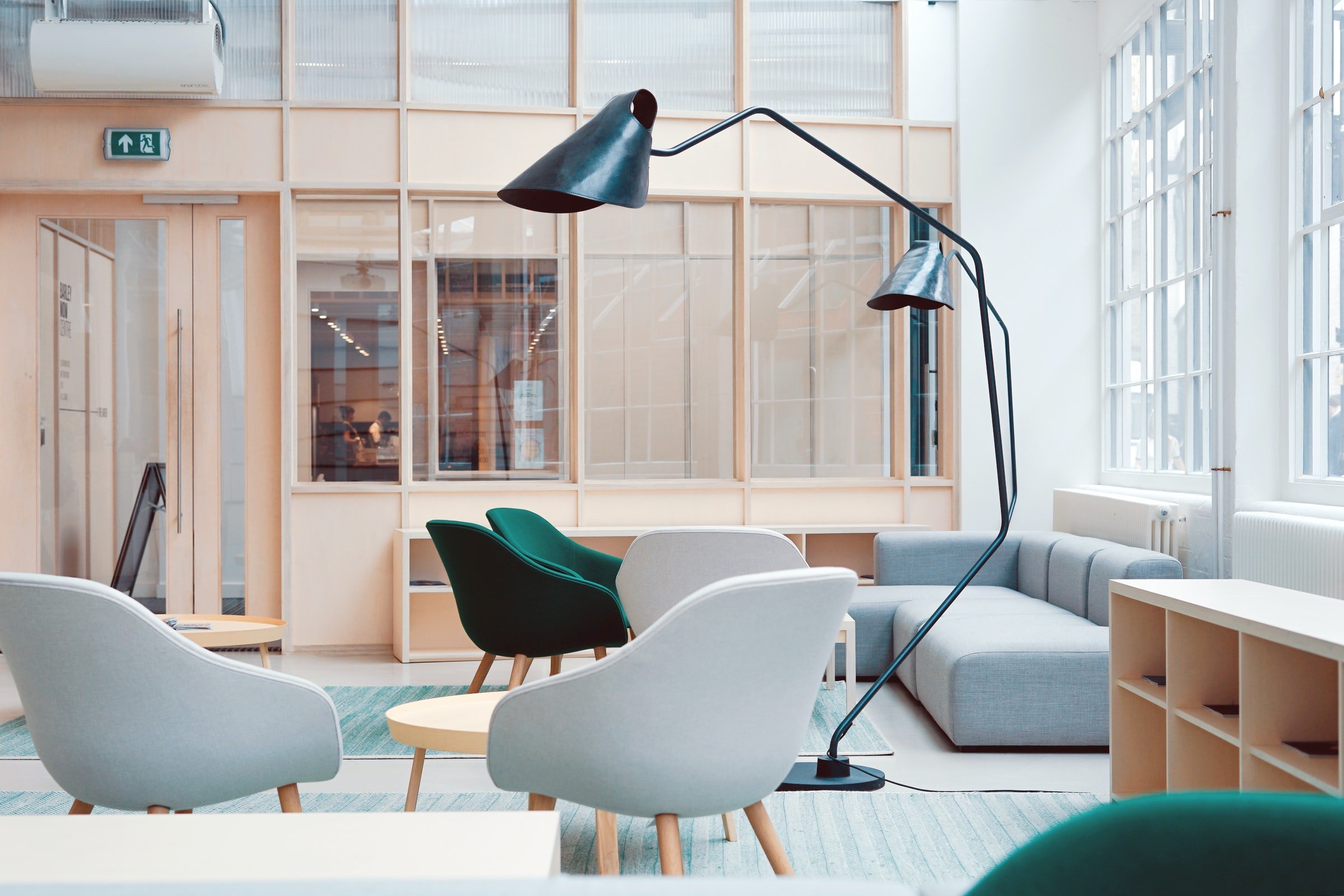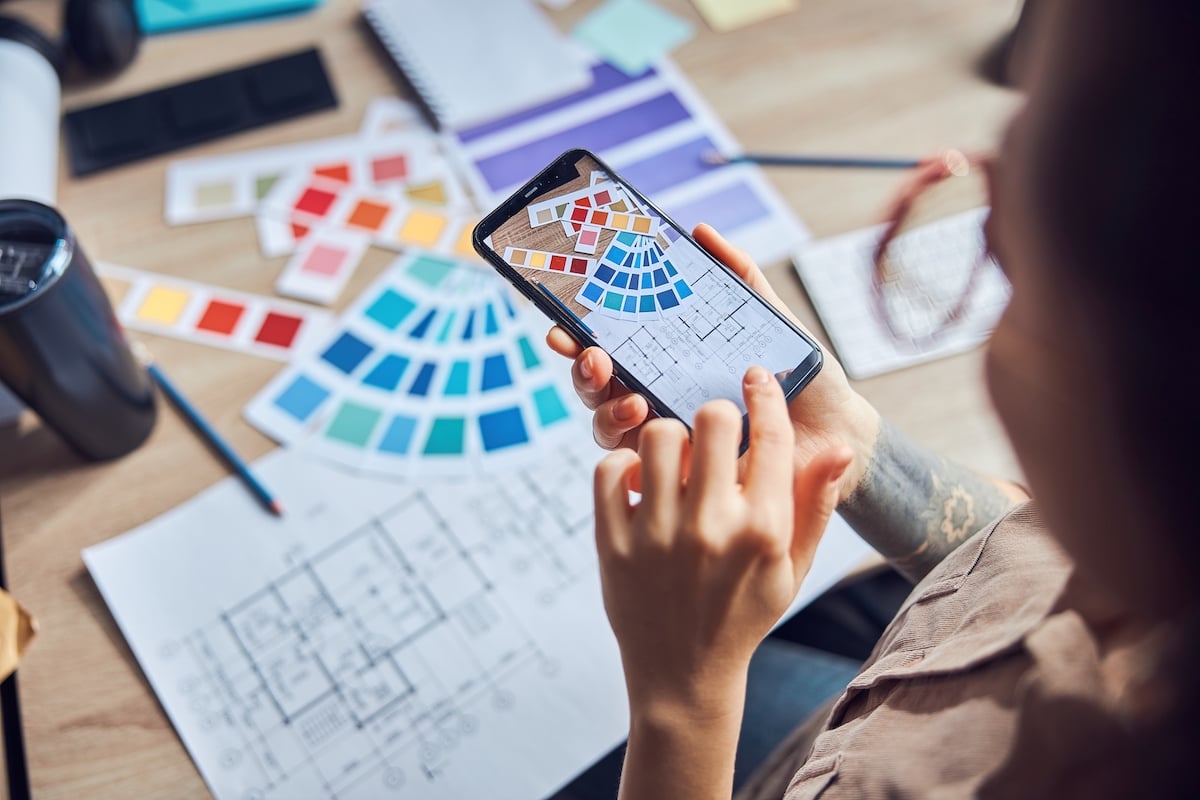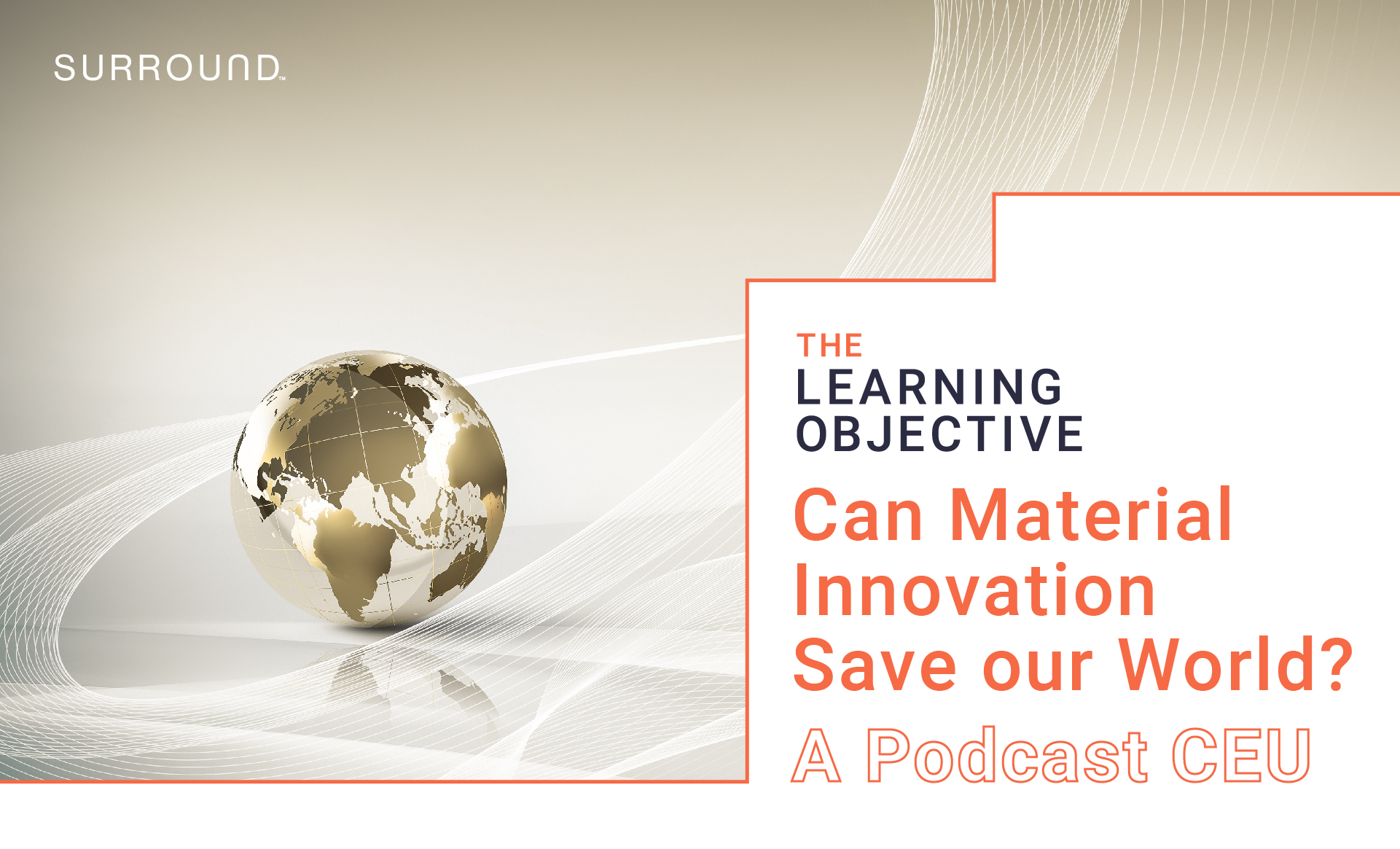
Driven mostly by the increased importance of cleanliness in physical spaces, the global market for manual cleaning products is expected to reach $15.1 billion in 2024, up from $11.7 billion in 2019. COVID-19 has driven awareness of sanitation practices today, similar to how 9/11 drove awareness of security practices. Likewise, the anticipation remains that many protocols put into place for today’s pandemic will become standard operating procedure for post-pandemic behavior.
Because of this, it shouldn’t come as a surprise that cleanability is a top request of specifiers looking to design new spaces. According to Rod Vickroy, there are many industry misconceptions when it comes to materiality and its cleanability ratings. Vickroy is a Healthcare Experience Design and Strategy Consultant and President of UX Planning and Design. And there is perhaps nowhere better to glean sanitation standards than the healthcare industry, one that has focused on mastering them for decades. As Vickroy puts it, “The healthcare industry doesn’t have the opportunity for trial and error. It must be based on evidence and right the first time. Therefore, we can learn a lot from the healthcare industry today.”
Clean, sanitize and disinfect all have different meanings.
For starters, Vickroy shares that one of the biggest concerns he sees right now is a lack of uniform vernacular. “People are requesting a product to be cleanable, when in reality, they may want it to be safe to apply disinfectants. It’s important to set a level playing field with language and that we’re all talking about the same thing.”
To do this, Vickroy suggests following the CDC definition of each word, which states:
- Cleaning removes germs, dirt, and impurities from surfaces or objects. Cleaning works by using soap (or detergent) and water to remove germs from surfaces physically. This process does not necessarily kill germs, but removing them lowers their numbers and the risk of spreading infection.
- Disinfecting kills germs on surfaces or objects. Disinfecting works by using chemicals to kill germs on surfaces or objects. This process does not necessarily clean dirty surfaces or remove germs, but killing germs on a surface after cleaning can lower the risk of spreading infection.
- Sanitizing reduces the number of germs on surfaces or objects to a safe level, as judged by public health standards or requirements. This process works by either cleaning or disinfecting surfaces or objects to lower the risk of spreading infection.
Staging cleaning protocols matters.
Vickroy reminds us that the healthcare industry has long been concerned with introducing harmful chemicals to our physical spaces. They can damage the products and surfaces we place them on, and be harmful to our health and environment.
“The CDC has a great list of CDC-approved cleaners, including proper dilution ratios and standard cleaning protocols,” explains Vickroy. “But it’s also important to remember the order in which we apply these steps. For example, first you clean, then you disinfect, then flush with water to remove the disinfectant. In healthcare, we don’t want those harmful chemicals making human contact or creating a superbug that becomes immune to these chemicals. Still, in reality, these are concerns we should be considering in any environment that demands the chemicals, not just healthcare.”
An understanding of materiality that stands up to CDC cleaning is crucial.
In terms of materiality, Vickroy shares that many products on the market today designed to withstand CDC cleaning protocols.
He highlights a few: “Wipeable faux leather is one of the biggest categories right now, as well as woven textiles that are solution- or pigment-dyed so cleaners can’t damage the coloring. But perhaps more importantly is the placement of the moisture barrier in a cushioned surface. We need something that’s either integral to the textile or encases the foam or cushion structure that can withstand the cleaners and doesn’t allow the chemicals to penetrate and reach the substrate.”
Although these types of materials have been on the market for a while, Vickroy advises that specifiers ask the right questions to ensure the specified product meets these standards.
Useability and aesthetics have long dictated design. Vickroy finds inspiration in a future that relies heavily on science and technology to drive logical and safe space planning.
He leaves us with this outlook for the future. “We’ve become accustomed to design that is driven by aesthetics or the ‘resimerical’ appeal so many end users crave. We’ve learned that the future really should rely heavily on a level of science and research to understand how these spaces preform. As an industry, we got too comfortable with planning for what’s in, working designs toward traits that aid in attraction and retention or catch the eye of fickle cohorts. Now the shoe is on the other foot, and we need the research to back our decisions, not just the visual appeal. To me, the biggest lesson we’ve learned from COVID-19 is that we have to raise the level of discourse about the delivery of space. It’s an exciting and yet challenging time. And I’m inspired to see where these conversations will take us.”
Featured Image: As cleanability hits the spotlight amidst the pandemic, many workplaces can benefit from lessons learned from the healthcare world. Photo by Toa Heftiba on Unsplash.
This article originally was published in Bellow Press and was reposted here with permissions.
Amanda Schneider is President of ThinkLab, the research division of SANDOW. At ThinkLab, we combine SANDOW Media’s incredible reach to the architecture and design community through brands like Interior Design Media, Metropolis, and Material Bank with proven market research techniques to uncover relevant trends and opportunities for the design industry. Join in to explore what’s next at thinklab.design/join-in.


